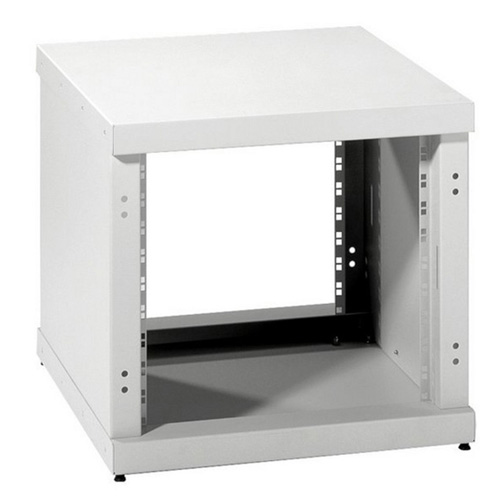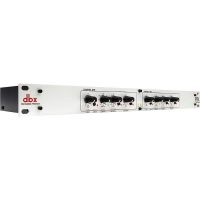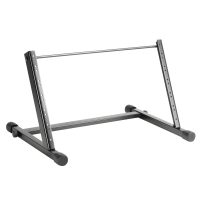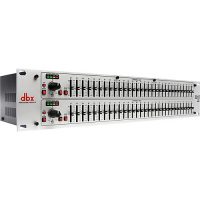Description
19″ Parts ECO 10 – 19 inch Rack Cabinet 10 U
Applications 19″ Industrial Cabinet ECO10:
Audio
Video
Lighting
Communication / IT
Laboratory
Version 19″ Industrial Cabinet ECO10:
Closed sides with integral 19″ panel mounts front and rear available in 10 and 20 units height. Internal installation depth 500 mm. Floor with threaded bushes, to fasten supplied rubber feet or optional castors. Accepts door hinge mounted left or right, on both the front and the back. All parts are zinc plated steel and fine structure powder coated in RAL 7035 grey. Custom colours available on special request.
Accesories 19″ Industrial Cabinet ECO10:
Door with ventilation slots for left or right mounting, including locking handle and all fitting materials. Door with window for left or right mounting, including locking handle and all fitting materials. Rear fixed cover, steel zinc plated and powder coated in RAL 7035 grey, available in 10 U or 20 U.
Instalation depth: 500 mm
Dimensions (W x D x H): 592 mm x 650 mm x 550 mm
10 U
Wheels are not included!
Designed for 19″ rack equipment and cage nuts.
A cage nut or caged nut (also called a captive or clip nut) consists of a (usually square) nut in a spring steel cage which wraps around the nut. The cage has two wings that when compressed allow the cage to be inserted into the square holes, for example, in the mounting rails of equipment racks. When the wings are released, they hold the nut in position behind the hole.
The square-hole cage nut can be used wherever a square hole can be punched. An older alternative type of captive-nut uses a spring clip that holds the nut and slides on the edge of a thin sheet. While this type of cage nut can only position the nut a fixed distance from the edge of a thin plate, it works equally well with square and round holes.
Using cage nuts provides several benefits over threaded holes. It permits a range of choice of nut and bolts size (e.g. metric vs imperial) in the field, long after the equipment has been manufactured. if a screw is over-tightened, the nut can be replaced, unlike a pre-threaded hole, where a hole with stripped threads becomes unusable. Cage nuts are easy to use on materials too thin or soft to be threaded.
The nut is usually slightly loose in the cage to allow for minor adjustments in alignment. This reduces the likelihood that the threads will be stripped during equipment installation and removal which make ideal for 19” rack equipment. The dimensions of the spring steel clip determines thickness of the panel to which the nut may be clipped. In the case of square-hole cage nuts, the clip dimensions determine the range of hole sizes to which the clip will securely hold the nut. In the case of slide-on cage nuts, the clip dimensions determine the distance from the panel edge to the hole.




